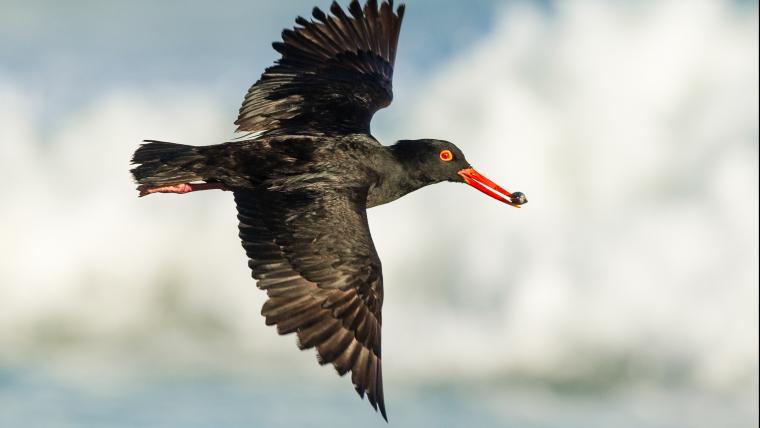
This victory for oyster catchers is a symbol of hope for conservation
African black oystercatchers lead the perfect life. Home is the rocky shores of South Africa’s East and West coast. The birds live for over 30 years, often mating with the same partner. When the female lays her eggs in the sand, both parents incubate them. As a family, they dine out on a diet of mussels. It seems idyllic. What could destroy this world they’ve built up?
As they nest on coastlines, oystercatchers are threatened by human activity. They breed in summer, coinciding with the busiest time on the beach. This had deadly consequences in the past. People scared off the adult birds, leaving their eggs exposed to the harsh heat. Trash discarded by holidaymakers attracted scavengers such as kelp gulls, who flocked to dig through rubbish and feasted on eggs instead. Dogs off leashes destroyed the birds’ nests, while vehicles on the shoreline decimated what remained. The African black oystercatcher population began to decline. To save the species, we had to secure their home.
In 1998, the FitzPatrick Institute of African Ornithology initiated the Oystercatcher Conservation Programme, working with numerous groups including BirdLife South Africa. This set in motion actions ranging from raising awareness among beachgoers to the establishment of more Marine Protected Areas. A few years later, South Africa implemented a countrywide ban on recreational vehicles on beaches. Eliminating the largest threats gave these birds the space to do what they do best – breed on the beach.
Today, their population has stabilised. They’re now classified as Least Concern by the IUCN Red List. This victory proves that increased awareness can lead to action and policy change, which makes a significant difference for the future of conservation. We changed our ways to save the African black oystercatcher. We can do it again for every animal that needs us.
Images by Peter Chadwick were used in the creation of this video
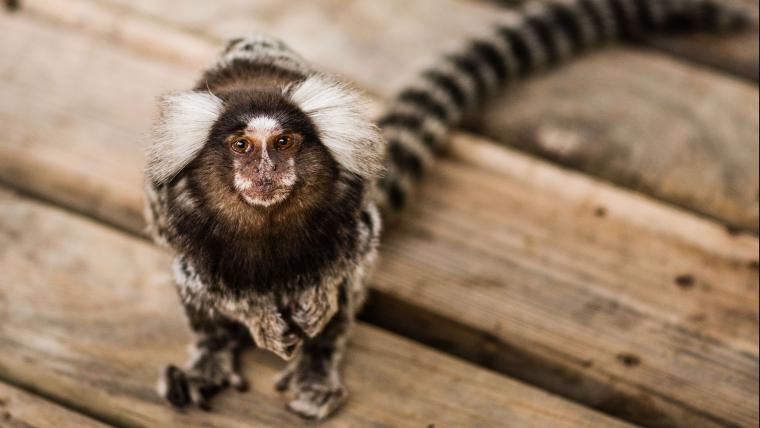
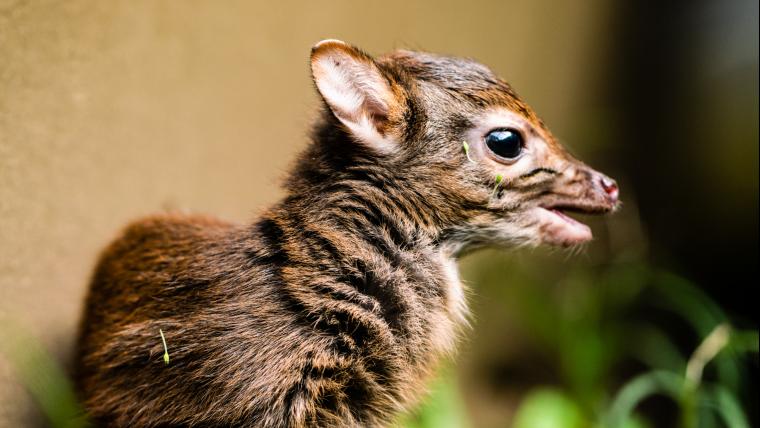
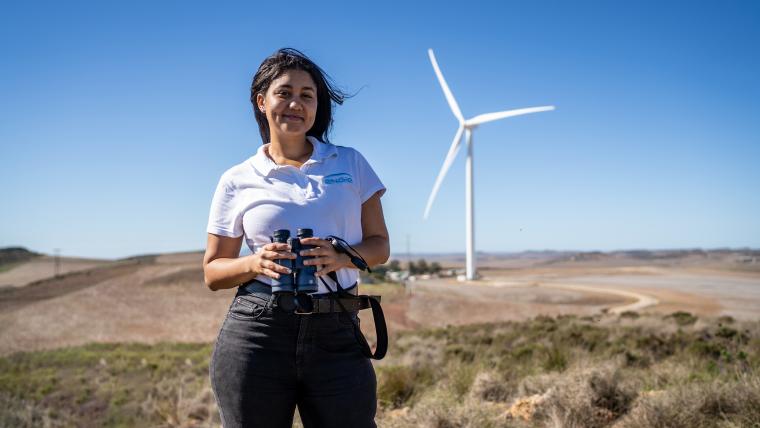
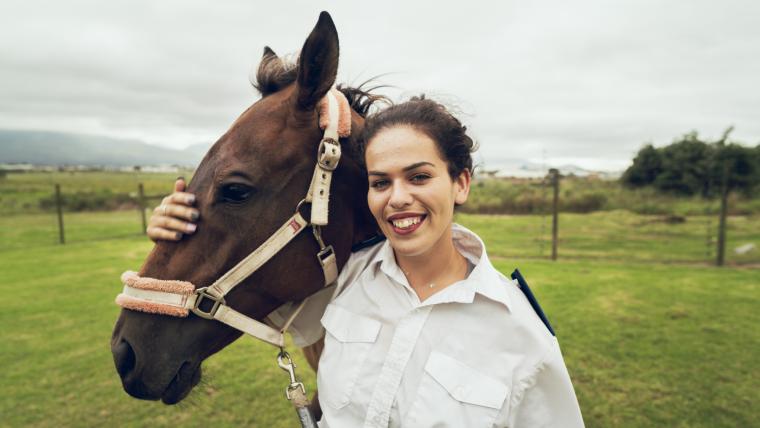
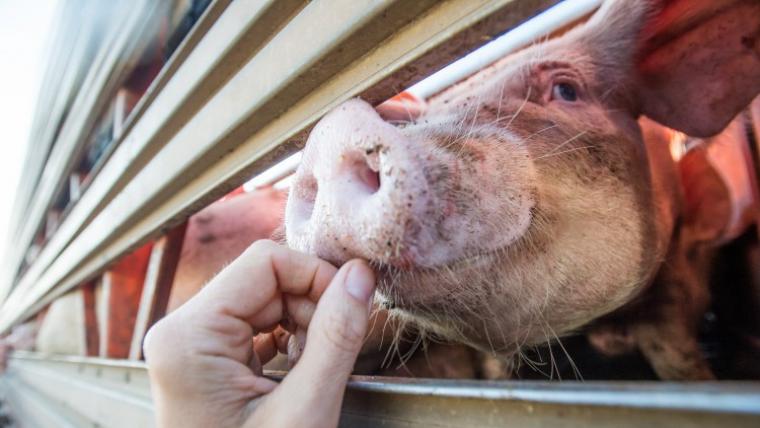
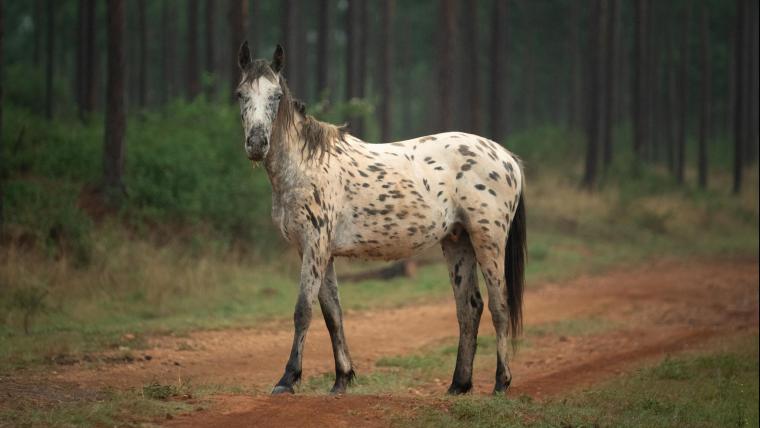
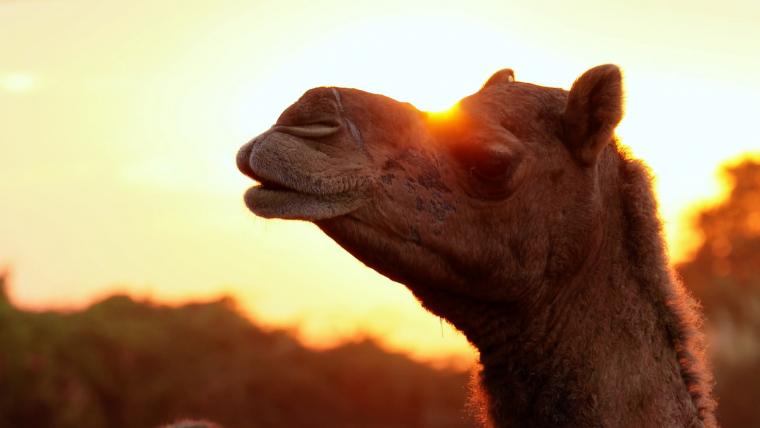
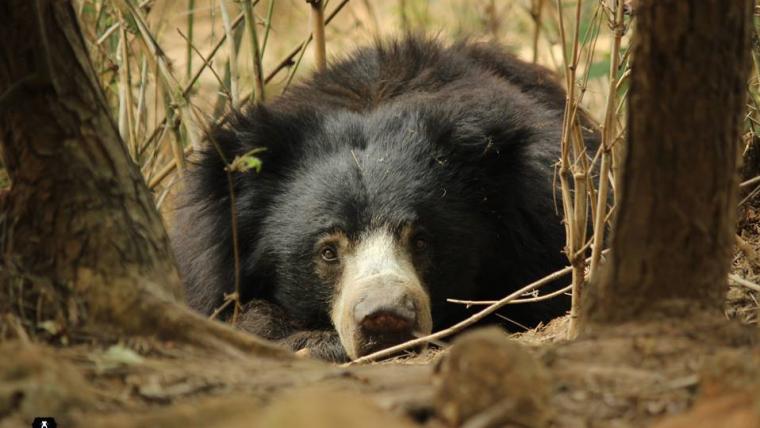
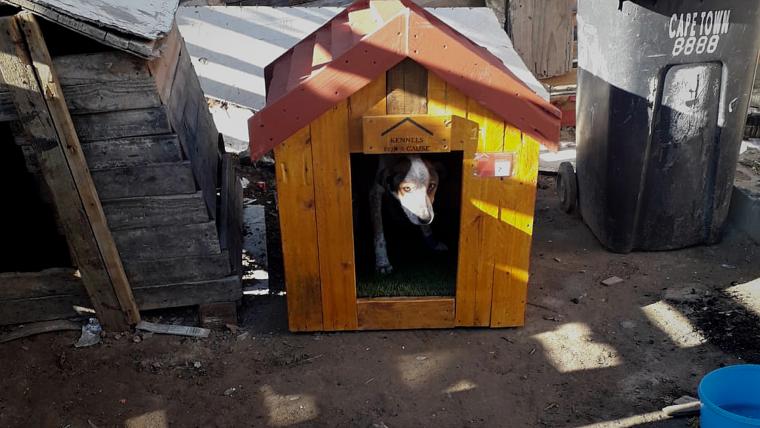
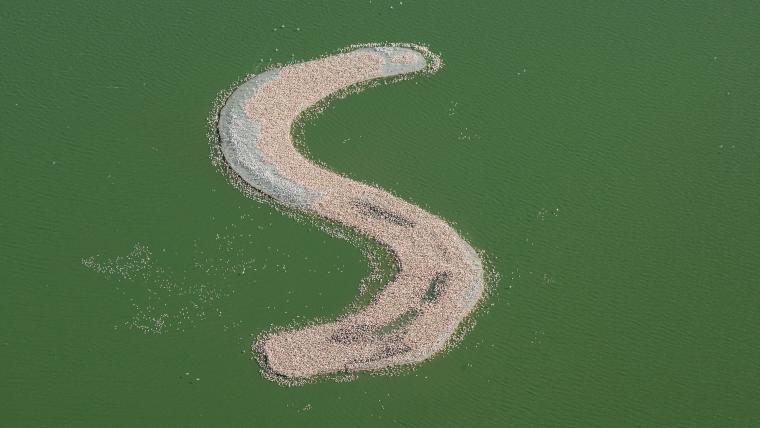




















Please sign in to leave a comment